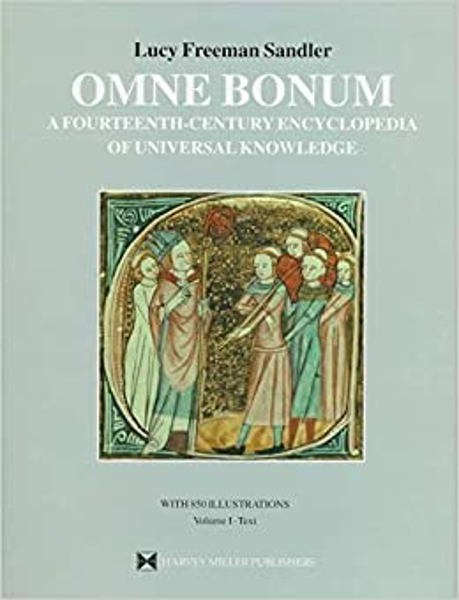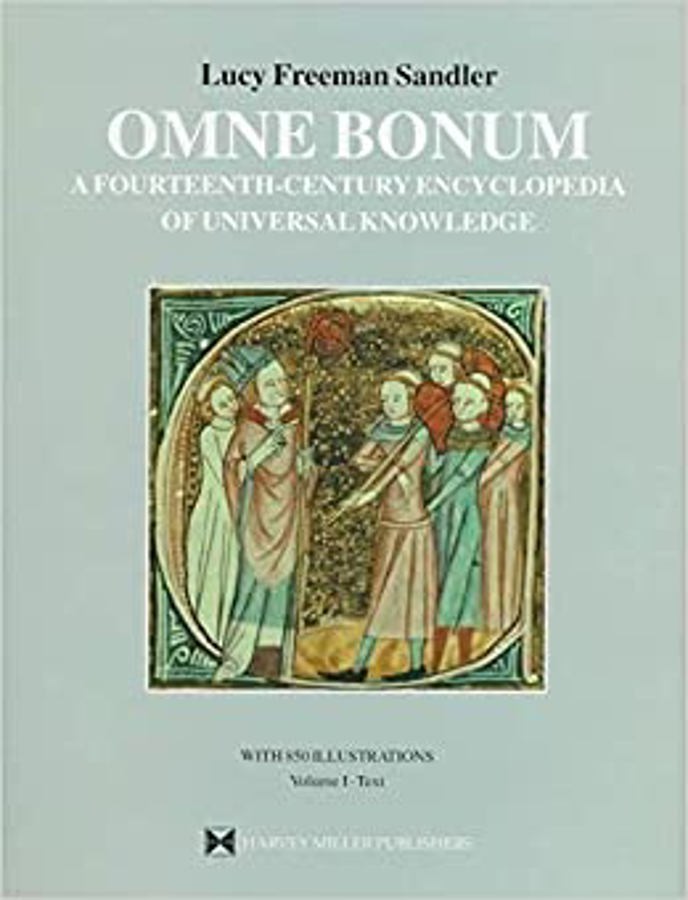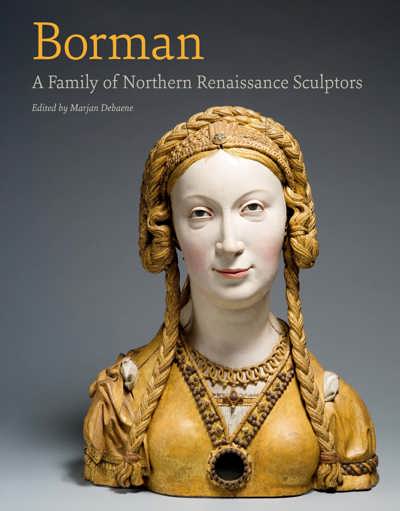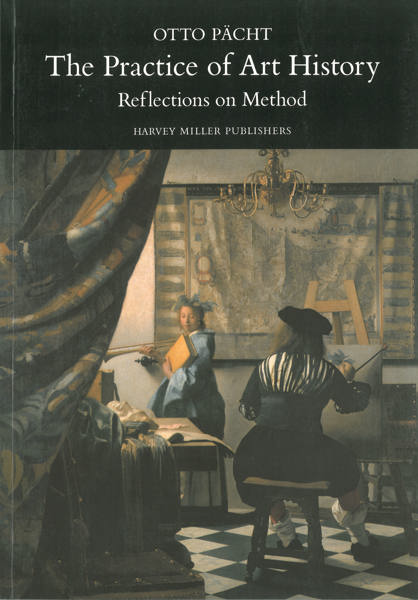
Omne Bonum
A Fourteenth-century Encyclopedia of Universal Knowledge. Volume I: Text. Volume II: Catalogue
Lucy Freeman Sandler
- Pages:2 vols, 490 p.
- Size:215 x 280 mm
- Language(s):English
- Publication Year:1996
- € 55,00 EXCL. VAT RETAIL PRICE
- ISBN: 978-1-872501-75-8
- Hardback
- Available
This two-volume work provides an in-depth study on the fourteenth-century encyclopedia of world knowledge known as MSS Royal 6 E VI and 6 E VII, now in the British Library - a mammoth work of 1100 folios and over 650 illustrations, arranged alphabetically for the very first time.
In the third quarter of the 14th century, a clerk of the Exchequer compiled and wrote an encyclopedia of world knowledge for his own personal use. This manuscript, a mammoth work of 1100 folios and over 650 illustrations has survived in two large volumes, MSS Royal 6 E VI and 6 E VII, now in the British Library. In her authoritative text (Volume I), Professor Sandler indentifies, with intriguing methods of detection, the compiler and scribe of this vast encyclopedia as James le Palmer. She lists the sources on which he drew, covering topics such as theology, canon law, natural sciences, history of man, and the liberal arts. We are thus presented with a fascinating introduction to a medieval layman's quest for knowledge that tells us much about the intellectual aspirations of a fourteenth-century clerk. A notable feature of the compilation is that the entries, all in Latin, are for the very first time arranged alphabetically. By organising his entries in alphabetical order, James le Palmer made a pivotal contribution to the development of the modern encyclopedia, making the works of great interest to historians of the encyclopedia and lexicographers. The author also describes the different stages of production of the manuscript and distinguishes the work of several hands in the execution of the miniatures and initials that illustrate the entries in the Omne Bonum. The contents of these entries are summarized briefly in Volume II, where they are annotated with references to their relevant sources, and printed in the same alphabetical (Latin) order as in the original. In each case the illustration that accompanies the entry is reproduced.





